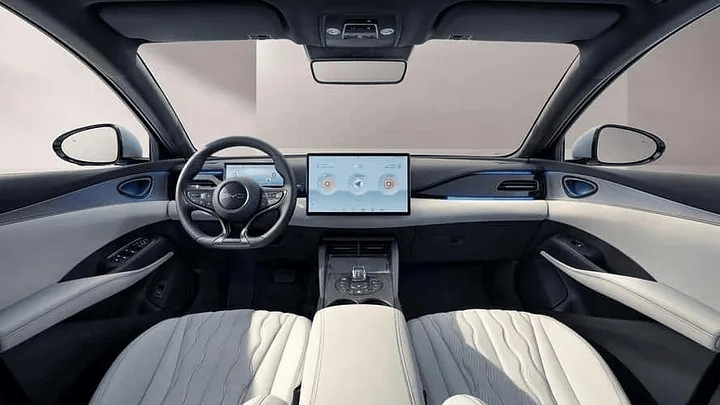- Ark's Newsletter
- Posts
- BYD Hybrids: The King Strikes Again
BYD Hybrids: The King Strikes Again
Its new generation of PHEVs can now last up to 2100 km


2024 Qin-L. Photo courtesy of BYD.
2024 has been a phenomenal and dramatic year for EVs. Chinese-made electric vehicles are taking center stage and grabbing overseas market share. Western governments raced to set up trade tariffs to protect their domestic industries.
But nothing stops BYD. It has gone from strength to strength, releasing all sorts of cars to fill every market niche. BYD can sell a compact sedan for less than 10,000 USD while making an average 20% gross profit margin.
What is BYD’s secret? How can it continuously break through technological barriers while legacy car manufacturers such as Ford and GM still struggle to catch up?
In previous articles, we argued that Chinese electric vehicle makers have the following advantages: strong work ethic, integrated supply chains, strong government policy support, and most importantly, a widely available Industry 4.0 standard.

2024 Seal-L. Photo courtesy of BYD.
In other words, factories in China are experiencing the Fourth Industrial Revolution.
On May 28, 2024, BYD shocks the world again with the new DM-i 5.0 PHEV platform. The term PHEV stands for ‘Plug-in Hybrid Electric Vehicle’, so the new platform essentially underpins BYD’s hybrid car offerings.
What is shocking is that cars based on this platform have a 2100 km range. Sedans such as the Seal 06 DM-i and the Qin L DM-i can travel between New York and Miami on a single charge.
Impressive, right? At a time when Toyota hybrid cars are selling extremely well in the US, BYD proves that not only it can make a hybrid, but it can make it better. BYD has beat Toyota at its own game.
The impressive range figure is based on some very lenient testing procedures. Therefore, one has to be conservative when assessing the vehicle.
The two cars (Seal 06 and Qin L) are technically identical. They both feature a 1.5-liter internal combustion engine capable of 100 horsepower and 93 lb-ft of torque. Their batteries are paired with a 161 hp electrical motor.

Seal L interior. Photo courtesy of BYD.
In its media launch event, BYD claims that energy efficiency is possible through an AI-enabled energy consumption management system. In other words, the onboard computer decides, in real time, when to switch between the two power systems.
Inside, the Seal inherits the same design DNA from its predecessors. There are a lot of soft-touch materials with premium stitching. The three-spoke steering wheel is accompanied by an 8.8-inch LCD screen above. In the center, lays a 15.6-inch rotating center screen, which can be operated by voice commands.
Both the Seal L and the Qin L come with a Level-2 advanced driving assistance system.
Also noteworthy is the BYD Shark, a full-sized pickup truck that recently debuted in Mexico. Like the Seal L and the Qin L, the Shark is also based on the same DM-i PHEV platform.
BYD has proved that it is capable of producing plug-in hybrid cars as well as pure electric cars. Its Blade battery technology, AI know-how, and platform architecture allow its production plant to make all sorts of affordable and desirable vehicles.
What do you think of the cars? Where do you think BYD is heading in a few years? Let me know in the comments below.

